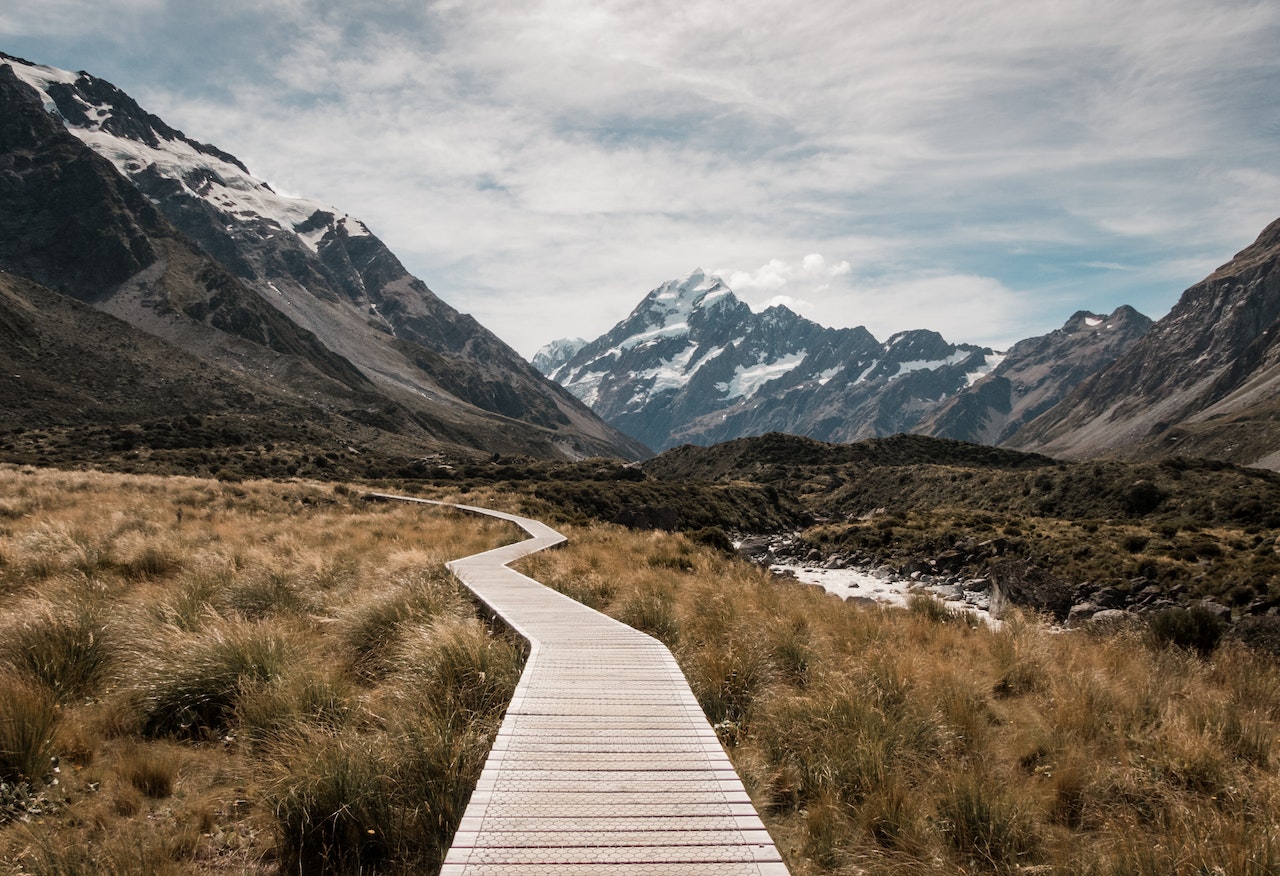Mountains have long been idealized as towering symbols of geological grandeur, prehistoric puzzles, and sources of immeasurable awe. Encompassing varied landscapes from volcanic peaks to snow-covered summits, mountain ranges across the world present fascinating subject matter for geologists, explorers, and tourists alike. While iconic behemoths like the Rocky Mountains, the Andes, and the Himalayas dominate discussions on famous mountain chains, the Alaska Range – often perceived as a smaller assemblage of mountains – deserves equal recognition for its unique features.
At a cursory glance, it is true that the Alaska Range pales in comparison to the sheer scale of other more significant chains. Spanning roughly 650 miles in length, it easily falls short of North America’s Rocky Mountains stretching 3,000 miles or South America’s Andes Range stretching an even more impressive 4,300 miles. Even more stunningly, Asia’s Himalayas dwarf all three with an expansive grasp of nearly 1,500 miles in length. However, while the Alaska Range may lag in spatial prominence, it excels with its distinctive composition and geological phenomena.
One acclaimed secret of the Alaska Range lies within its home territory; extending from Lake Clark southwest of Anchorage to the eastern border of Denali National Park and Preserve’s vast wilderness expanse. Here lies Mount Denali (formerly known as Mount McKinley), which stands taller than any peak in North America at a staggering 20,310 feet above sea level. Boasting a vertical rise unmatched by even Mount Everest due to its base-to-peak elevation gain of approximately 18,000 feet within a relatively short distance (approximately 12 miles), Mount Denali unmistakably establishes itself as an awe-inspiring gem amongst global mountains.
The native Athabaskan peoples have long revered these mountains with spiritual significance; The name “Denali” refers to “the great one” or “the high one.” Anthropological and etymological histories attest to the impact that nature can have when interacting with other aspects of societal development. Consequently, while it might be easy to overlook certain features due to sheer magnitude comparisons between mountain chains physiographically, it is essential to dive deeper into regional landscape treasures on their merit regarding specific cultural or historical significance.
Furthermore, the Alaska Range contains some of the most concentrated glacial systems worldwide outside Antarctica due to its location within the Pacific Ring of Fire’s temperate region. These systems subsequently dictate dynamic weather patterns that result in storms creating immense snowfall accumulations atop peaks themselves. A cornucopia of glacier sizes blankets this region – ranging from small valley glaciers to immense ice-capped mountains like Denali exhibit powerful geological occurrences capable of carving vast U-shaped valleys responsible for scenic fjords typically adorning Alaskan travel brochures.
Moreover, extreme climate temperatures posed by fluctuating elevations catalyze unique opportunities for flora and fauna life readily adaptable for survival. For instance, barren ground caribou herds roam expansively tundra terrain while Dall sheep cling deftly to upper elevations amidst sheer cliff faces seeking solitude from predators like golden eagles or grizzlies patrolling lower levels. Plant life similarly displays resilience despite arduous weather exposures or nutrient-poor soil composition through intricate root systems providing stability against windswept terrain.
In conclusion, while it is pertinent to acknowledge that some perceived assumptions regarding size or stature may dismiss unrecognized features upon surface-level analysis concerning specific mountain ranges like the Alaska Range compared to its counterparts Rocky Mountains, Andes or Himalayas — doing so only hinders further exploration possibilities into showcasing profound wonders each corner across our planet offers both on individual physical scales as well as intertwined aspects with human society itself. Thus it remains imperative upon us — avid adventure-seekers striving towards discovering our world inch by inch — not dismiss subtleties encapsulated mysteriously around every bend blending naturally within undeniably larger-than-life landscapes revealing critical pieces necessary for comprehending what indeed makes our planet so unparalleled compared any other cosmic discovery awaiting us beyond terrestrial bounds imaginable today…or even perhaps ever existent throughout universal history altogether. So go ahead; journey where your heart takes you!
